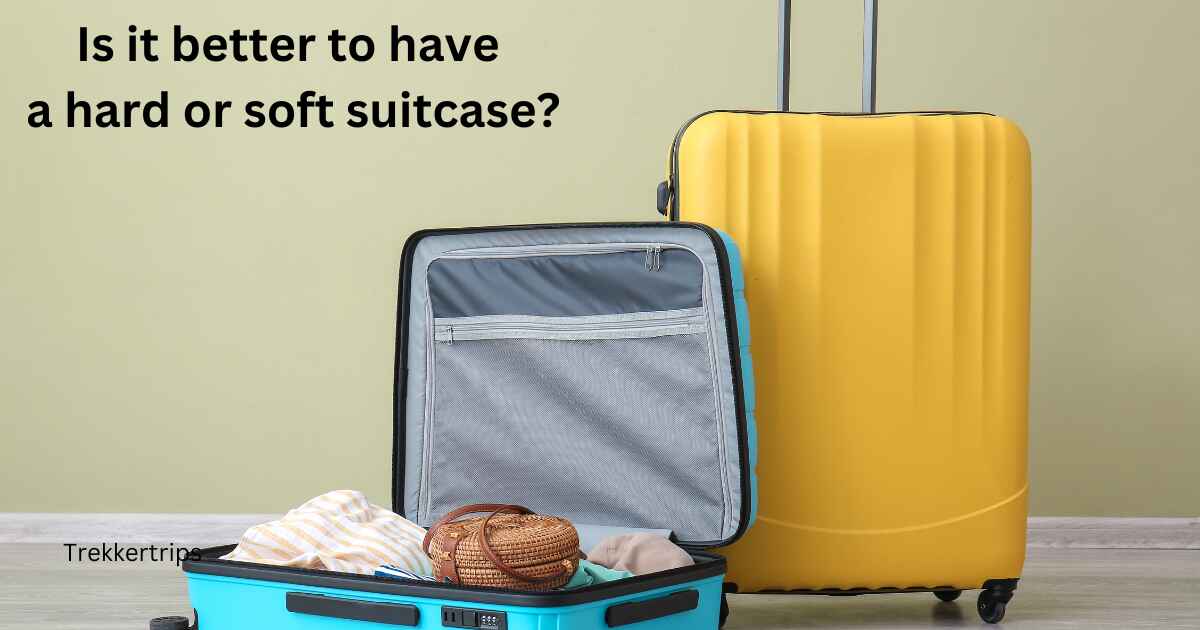Is it better to have a hard or soft suitcase?: Durability is an essential concern for many travelers, particularly when they travel with electronics like laptops, iPads and cameras. Complex shell cases can be a good choice if you need to protect fragile items.
Though not completely waterproof, hard shell luggage is more accessible to dry out in the rain, snow or puddles. It also provides better protection from general accidents and spills. It is also essential to keep the luggage clean.
This is great for those carrying a dirty, stinky suitcase around from one city to another (or even country to country). Softer bags can absorb more water and are more susceptible to stains and odors.
Hard shell luggage may be a better choice if you are planning to travel during the winter or in more rugged areas.
It has been observed that hard shell luggage can crack and break more easily than soft cases. Good news: Companies are making improvements to the overall quality. Polycarbonate is used in many pieces today.
It is a soft material that flexes to absorb the impact of being dropped or thrown on hard surfaces. This material is so flexible that it is commonly used in contact lenses.
The luggage made of polycarbonate is more scratch-resistant and lighter than aluminum or plastic cases. It can even be lighter than soft luggage. [Is it better to have a hard or soft suitcase?]
7 best soft or hard suitcases to carry you quickly on your journey
- Lightweight Design
- Spinner Wheels
- Built-in TSA Locks
- Retractable Handles
- Hard Case Durability
- High-Quality Zippers
- Affordability
1. Lightweight Design
The lightweight design approach is an integrated way to reduce the structure’s weight while maintaining or improving its performance.
This construction principle allows technical systems to operate with less energy and emissions while optimizing the use of materials.
In automotive applications, lightweight activities are divided into design, material and function. Material-based lightweight construction has the highest priority for structural applications.
It can be achieved by improving material properties, changing a material with one that fits better, or combining materials for a maximum result (Klein, 2007).
Based on this approach, three main trends can be seen in the lightweight construction of automotive structural applications.
One example of improved material properties is high and ultra-high-strength metal alloys, with tensile strength up to 1600 MPa (Kolleck & Veit, 2011; So, Fab Mann et al., 2012; Zhang et al., 2006).
It is possible to reduce wall thickness using high-strength alloys (Asnafi et al., 2000). However, stability issues can arise once a minimum critical thickness is reached.
High-strength materials are, therefore, limited in their potential for lightweight construction (Lauter et al., 2011).[Is it better to have a hard or soft suitcase? [Is it better to have a hard or soft suitcase?]
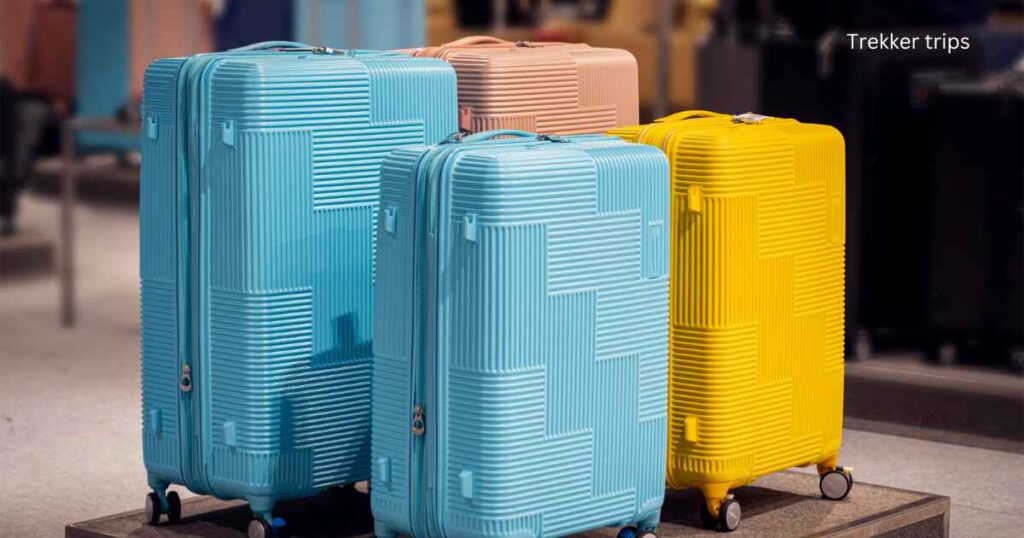
2. Spinner Wheels
After several years of looking, comparing, and contemplating, I purchased my Lendrum Double Treadle Wheel in 2000. After spinning on my Ashford wheel for years, I was looking for a double treadle.
I saw several fiber friends who had the Lendrum double treadle wheel in the Asheville region. The fact that I saw CHILDREN spinning (who had not spun before) initially caught my attention. Sit down and start spinning immediately!
The wool spun almost by itself when I used the proper roving! I kept saying, “It is just like spinning butter!” It allowed me to focus on spinning consistent yarns rather than fiddling around with my wheel.
The wheel was more accessible to transport and fold (before I had to force my Ashford into the car door). The spring-action guide on the flier allows you to “load” the bobbin more gradually.
You can learn to start your wheel using your feet after a few minutes of practice. This is much easier than stopping and restarting each time.
Here are a few things I love about this wheel. You may have the same wheel but like different things about it. Could you send us your ideas?[Is it better to have a hard or soft suitcase?]
Read Also: What size power bank is suitable for travel?
3. Built-in TSA Locks
TSA padlocks waste time. Security cannot find the key in a lot (haha), so they reach for the bolt-cutter instead. If you use a zippered bag, the locks are worthless, as anyone can open it with a ballpoint pen. (Youtube videos).
Cable ties are a great way to prevent your bag from accidentally opening. Avoid theft by not putting anything valuable in your checked baggage.
The (TSA locks) are molded directly into my checked bag. The TSA has opened it and checked the locks (I had the lovely letter in there), and they are fine. My one data point (actually four) is that they will use keys instead of the drill if they cannot use bolt cutters.
I believe that the TSA locks allow the security personnel to open a bag without damaging it. They leave a note inside the case if they open it.
IMHO, locks prevent my clothes from spreading over the luggage belt and are not meant to protect against theft. I have never checked anything valuable. [Is it better to have a hard or soft suitcase?]
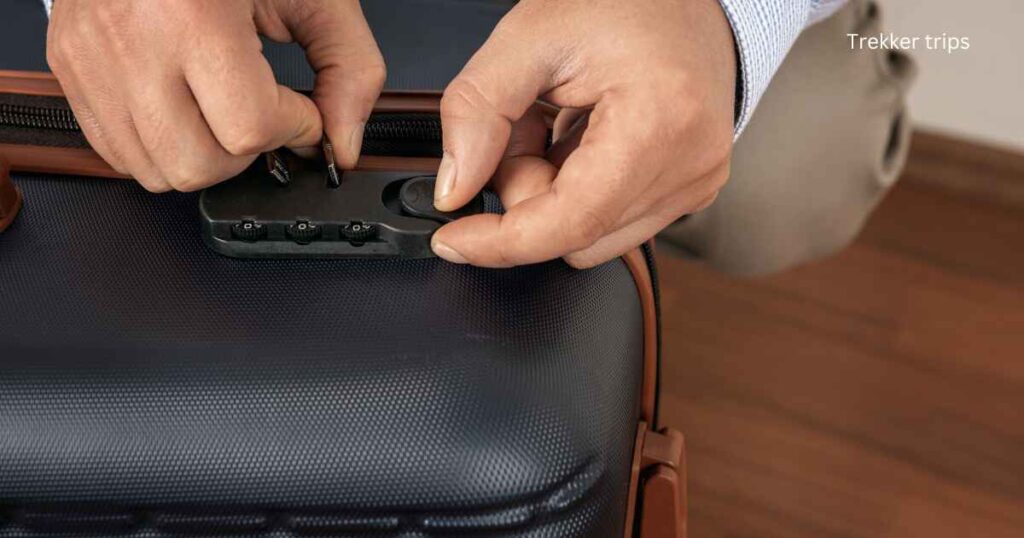
4. Retractable Handles
Easy-Click, the telescope handle of Leifheit, allows automatic click-in for the function handle. Click in the new cleaning head and you are done.
The handle can be adjusted to work between 75 and 135 cm long. The hook pivots 360 degrees and has an anti-slip head. Leifheit grants a
The SWOPT ™ Telescopic Handle is an accessory for the SWOPT ™ Cleaning Interchangeable Cleaner System.
The SWOPT(tm)Telescopic Handle can be used with other SWOPT ™ accessories or separately with any SWOPT ™ cleaning heads.
Our handles are not twisted, and thanks to the patented SNAPLOCK (TM) technology, they can be ‘SWOPT” with a push of a switch and attached to one of our SWOPT ™. Save money and space by using a SWOPT handle and multiple cleaning heads.
Penn Elcom offers a range of pull-out handles designed to make handling flight cases, portable gear, and equipment easy.
These retractable handles have a firm grip and can be neatly retracted when unused. They save space and reduce the risk of damage when transporting.
Our pull-out luggage handles are ideal for industrial and professional applications. They provide a convenient and reliable way to move heavy or bulky objects.
By browsing our selection, find the proper pull-out handle to enhance your flight case’s convenience and functionality. [Is it better to have a hard or soft suitcase?]
Read Also: Are noise-cancelling headphones worth it for travel?
5. Hard Case Durability
Case-N-Foam specializes in providing a wide range of protective carry cases, equipment and presentation cases. We also offer a variety of complex plastic cases as well as instrument cases.
We offer a unique option of customizing the interiors of your case with foam inserts or packing. This makes us your one-stop shop for all equipment storage and protection.
Complex cases provide more protection from direct impacts, minor drops and scratches. Rubber cases are better at absorbing the shocks of higher drops than soft cases. Cases of soft materials are more likely to wear and tear than rigid ones.
This reduces their protection from direct impacts and scratches. Many cases are made from hard and soft materials, combining the best of both: drop and scratch defense.
Complex cases are designed to add the least amount of bulk and keep your phone’s original shape. Complex cases are said to be less grippy than soft ones.
However, most hard cases have ridges and grips to counteract this. Soft cases are more accessible to hold, so you should be less likely to drop your device.
Soft cases that are too flexible and grippy can make putting the phone in pockets difficult. [Is it better to have a hard or soft suitcase?]
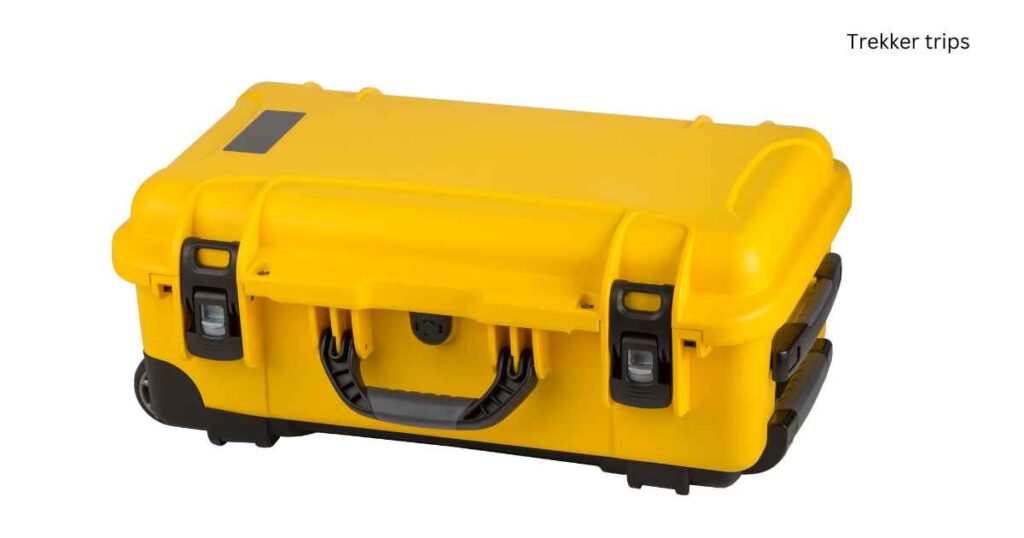
6. High-Quality Zippers
YKK’s EXCELLA (r) zip is the highest quality metal zipper. It has fully polished elements. This gorgeous, shiny zipper will give your clothes and luggage a luxurious look.
This zipper comes in different surface finishes, including antique, silver and gold. The zipper comes in two shapes: a single element and a luxurious double element.
Metal zippers are the oldest, dating to 1913, when Gideon Sundback, a Swedish engineer, invented the fastener.
He invented a zipper that used metal teeth instead of hooks and eyes and patented it in 1917. B. F. Goodrich was the first to use “Zipper,” referring to a rubber boot that used Sundback’s fastener.
YKK (Yoshida et al. YKK (Yoshida et al.) was founded in Nihonbashi in Tokyo by Tadao Yoshida. This was the beginning of production and sales of fastening products.
Zippers generally comprise two rows of tape with a slider to bring the teeth together. We call them “Top-Stop” and “Bottom Stop”! They are called “Top-Stop” and “Bottom Stop “! [Is it better to have a hard or soft suitcase?]
7. Affordability
Water companies agreed to a set of common descriptors describing the financial assistance schemes they provide when people are looking for help paying their bills.
When we asked debt advice agencies to provide evidence for our affordability review, they requested this because the different names for schemes made it hard for them to find help for their customers.
The research also revealed that people want the words to be concise, literal, and descriptive to understand and quickly find what help they can receive.
South Staff and Cambridge Water focused on improving communication with those customers who would benefit from their help.
It was essential to ensure customers knew about the support available on their bills and had easy access to it as soon as possible.
The messages were delivered in various ways, from envelopes with information to a hub where people could meet.
The success of this scheme was mainly due to the segmentation of customers and the tailoring of communication with different groups.
This helped to not only provide financial assistance to those who were in need but also to improve the customer experience.
The company adopted the piloted innovations as part of its business model. [Is it better to have a hard or soft suitcase?]
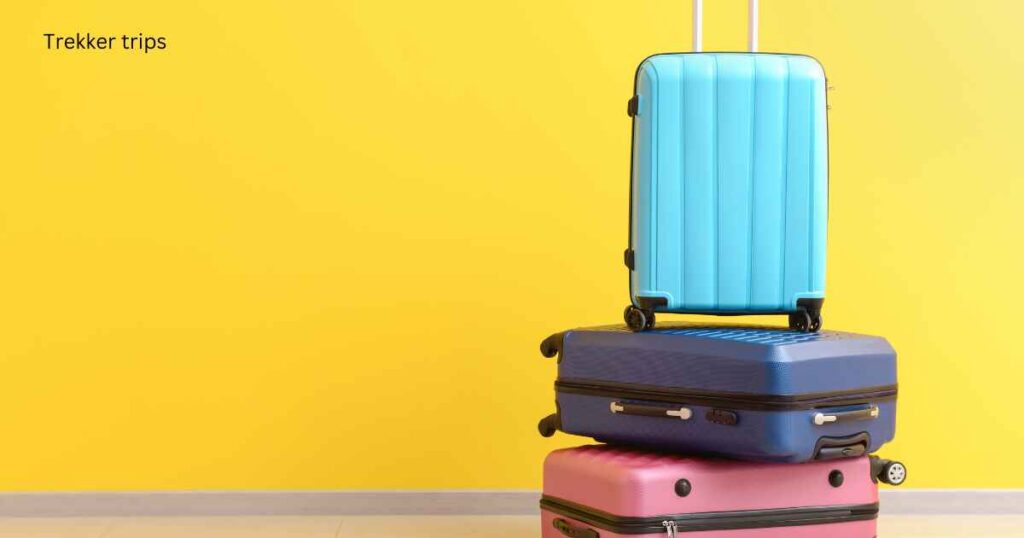
Conclusion:
Choosing between a soft or hard suitcase is ultimately based on your travel preferences and needs. Hard suitcases are ideal for travelers who value durability and security.
They offer better protection for fragile items and are more resistant to weather and impacts. Soft suitcases are more flexible, offer more significant expansion, and are often lighter in weight.
They are ideal for those who want to pack more and have easy access. Select the suitcase best suited to your travel style, destination and personal preferences. [Is it better to have a hard or soft suitcase?]
Is it better to have a hard or soft suitcase?: FAQ
1. What are the main differences between hard and soft suitcases?
Ans: Hard suitcases, made of rigid materials such as polycarbonate or ABS, offer robust protection from impacts and rough handling. Soft suitcases, made of flexible materials such as nylon or polyester, offer more space for items and easy access through external pockets.
2. Which type of suitcase is more durable?
Ans: Hard suitcases are ideal for fragile items because they offer excellent durability and protection from impacts. Soft suitcases are also durable, especially if made of high-quality materials. However, they tend to be more susceptible to wear and tear.
3. Are hard suitcases more secure?
Ans: Hard suitcases are often equipped with TSA-approved locks and have a rigid structure, making them harder to open. However, soft suitcases can be locked and come with security features.
